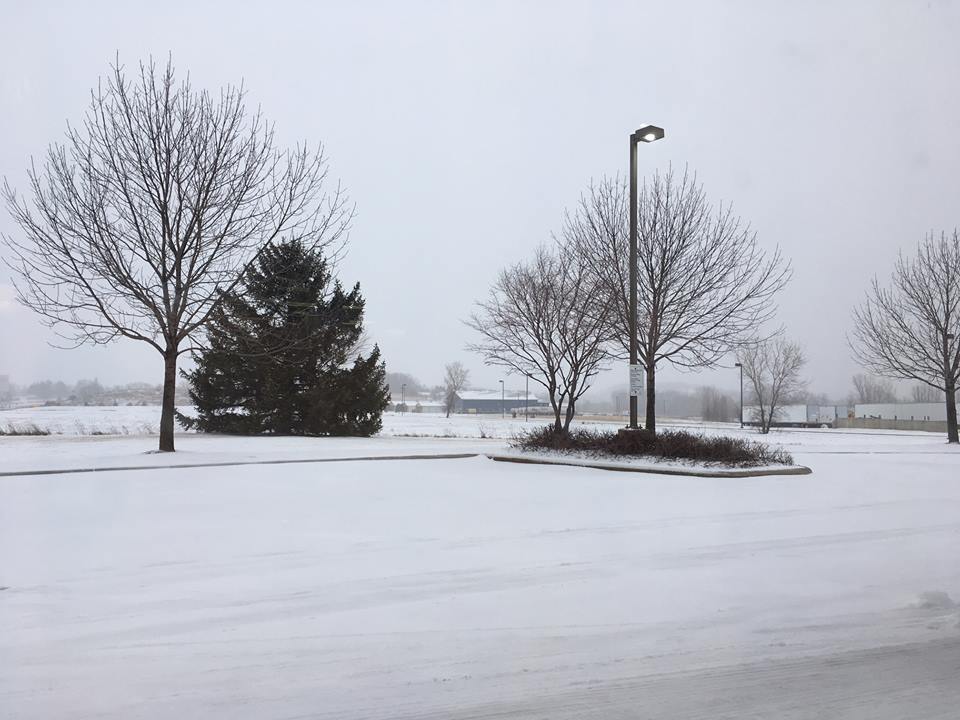
 … (W)e stand at the rich uncertain dawn of a new level of scientific innovation. The wireless technology we carry in our pockets today was the stuff of the science fiction in our youth. Our technological arrogance mirrors more and more the Wellsian dystopia of dissatisfaction, while allowing us to feel safe and connected at all times. We can call, see or hear almost anything and anyone no matter where we are. For most people then, the only remote place remains within. “Know thyself” we do not.”
… (W)e stand at the rich uncertain dawn of a new level of scientific innovation. The wireless technology we carry in our pockets today was the stuff of the science fiction in our youth. Our technological arrogance mirrors more and more the Wellsian dystopia of dissatisfaction, while allowing us to feel safe and connected at all times. We can call, see or hear almost anything and anyone no matter where we are. For most people then, the only remote place remains within. “Know thyself” we do not.”
The above quote is from Guillermo del Toro, the director of Pan’s Labyrinth, and author Chuck Hogan writing in The New York Times about the sudden spate of Vampire movies and television shows like HBO’s True Blood or all the variations on the Dracula tale.
The internal conflict central to “Know Thyself” is key to making any script work. Over the course of a really satisfying film or television show a character makes that risky and dangerous “voyage within.” A character’s internal obstacles and emotional journey rivets the audience much more so than any external or physical threat the character faces.
A character’s internal conflict should create the kind of personal choice that pushes the character to take actions that define what is most fundamentally important or true in a character’s life. The character should be forced to make a stark, definitive and active choice of one fundamental value over another.
As one value is ultimately chosen, the character negates or surrenders the other competing value. Competing values are neutral. They are a simple (often one word) expression of a fundamental truth or an ideal a person holds dear. No value is inherently better or worse than another. For example: Freedom and Security are two fundamental American values.
America sees itself as “the home of the brave and the land of the free.” Lady Liberty is an iconic symbol of the nation. But to survive, every nation (or character) must be secure in its person, property and borders. Security is also a fundamental American value, especially in these potentially very dangerous times. The question is: What happens when a character (or country) is forced to make starker and starker choices in favor of one value over (or to the exclusion of) another?
How much freedom are you willing to sacrifice or surrender in order to be secure? As citizens are pushed to give up more personal autonomy, liberty or privacy, when do they cease to be free?
Alternatively, how much security are you willing to sacrifice or surrender in order to be free? If civil libertarians too often thwart important safety measures, can a nation be adequately protected and its citizens secure? As the risk rises and a nation (or person) is pushed to the brink, it is forced to chose one value over the other. In a script, a series of choices should lead to a final definitive action that negates or eliminates one value in favor of another.
Any decision driven by fear is a bad decision. Fear clouds judgment and it shakes a character’s confidence in his or her higher nature. The price of fear is often the sacrifice of a character’s soul and his or her truest most authentic self. Any decision driven by faith ultimately leads the character closer to those “better angels of our nature.” But the price of faith is high. It can lead to the sacrifice of a character’s life. When a character makes a decision based on faith he or she looks fear in the face and does not blink. The character realizes that even if his or her worst fear is realized, he or she will be okay. A bedrock of peace and serenity accompanies the character even if the price is death.
For example: In A Tale of Two Cities, Sidney Carleton says (as he goes to the guillotine standing in for his friend): “It is a far, far better thing that I do, than I have ever done; it is a far, far better rest that I go to, than I have ever known.”
Although all characters struggle with external events and obstacles, the deepest conflicts and greatest battles are always within the character. The Character Map eBook help you chart the values and emotional tensions deep inside the character and how those tensions lead to his or her transformational choices.





No comment yet, add your voice below!